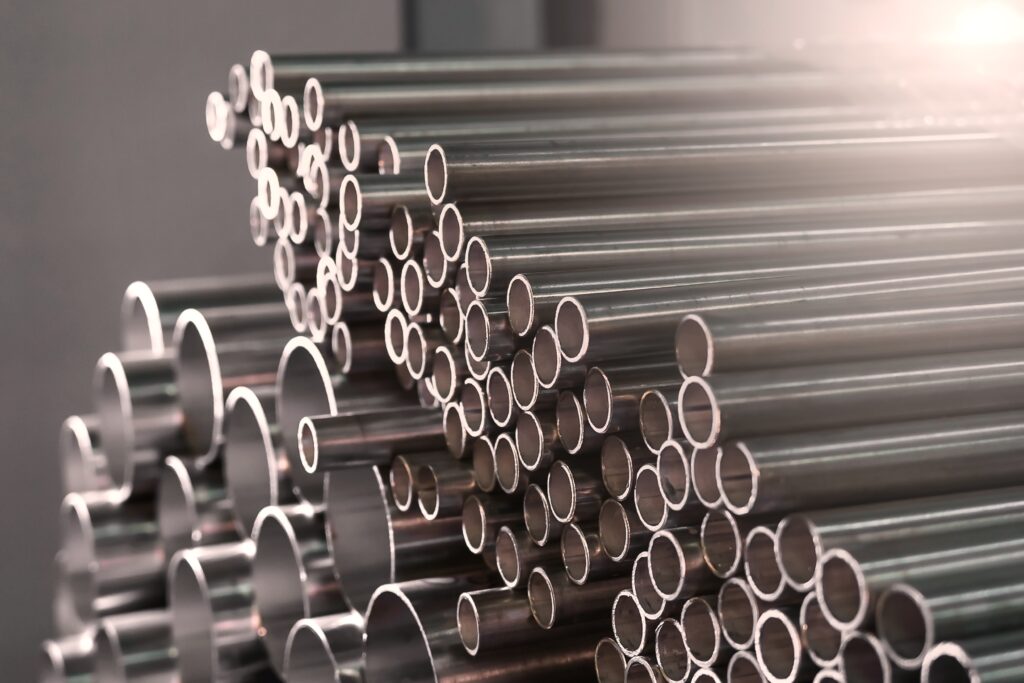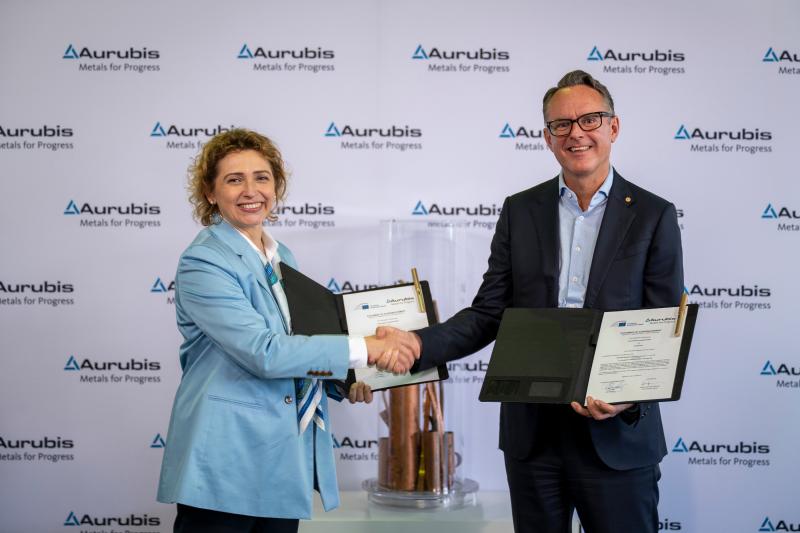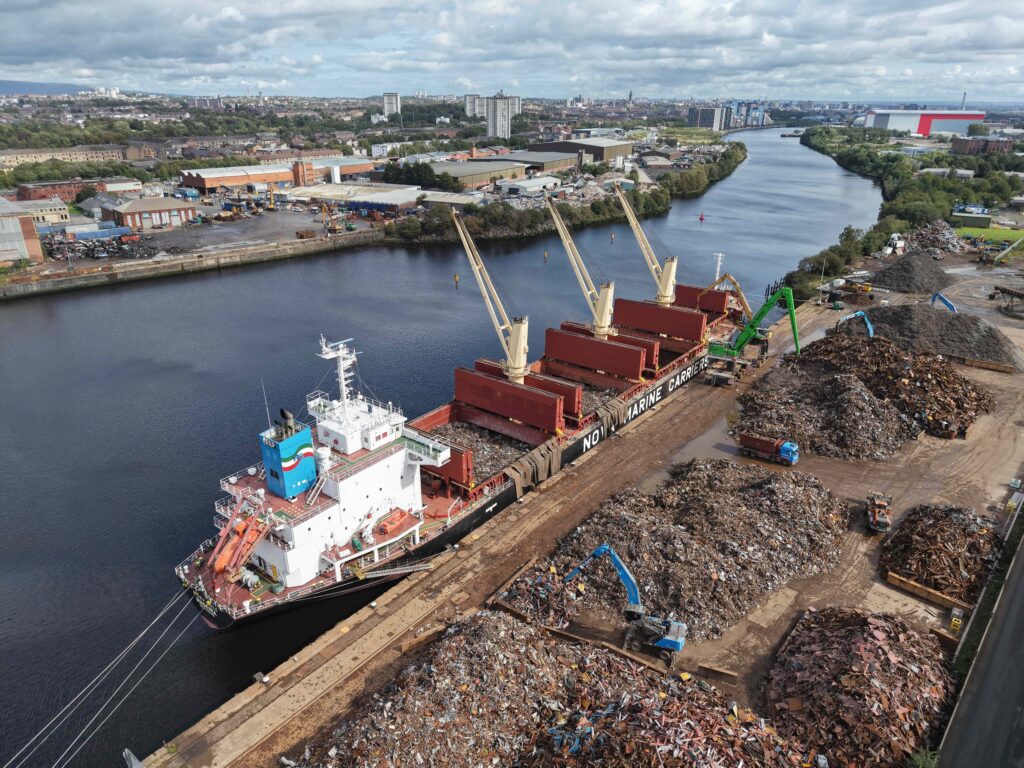Unveiled on 7 October 2025, the initiative delivered on commitments under the EU Steel and Metal Action Plan and, if agreed on, will replace the current steel safeguard measure that is due to expire in June 2026.
According to the Commission, the proposal “responds to the call from EU workers, industry, several Member States, Members of the European Parliament, and stakeholders to offer strong and permanent protection to the EU steel industry, with a view to safeguarding EU jobs, and supporting the sector in its decarbonisation efforts.”
Commission proposal
Under the plan, the Commission proposed to:
- Limit tariff-free import volumes to 18.3 million tonnes a year (a reduction of 47% compared to 2024 steel quotas)
- Double the level of out-of-quota duty to 50%
- Strengthen the traceability of steel markets by introducing a Melt and Pour requirement to prevent circumvention
The proposal will now go through legislative procedure, requiring approval from both the European Parliament and the Council of the EU.
European Commission President Ursula von der Leyen said: “A strong, decarbonised steel sector is vital for the European Union’s competitiveness, economic security and strategic autonomy.
“Global overcapacity is damaging our industry. We need to act now – I urge the Council and Parliament to move ahead quickly.”
BIR cautions against future trade restrictions
The Bureau of International Recycling (BIR) has warned that the proposals may have unintended impacts on the recycling industry.
While the regulation does not currently impose export restrictions on metal scrap, it introduces a new monitoring regime that could “lay the groundwork for future trade limitation”.
BIR warned that any move towards restricting exports of secondary raw materials would risk undermining the recycling sector’s competitiveness and Europe’s circular economy objectives.
Alev Somer, BIR Environment and Trade Director, commented: “Recycled materials are vital to decarbonising the metals industry and should be recognised as strategic resources in the circular economy.
“Empowering recyclers with free trade – not constraining them – is key to delivering both climate goals and industrial competitiveness.”
Instead of trade barriers, BIR urged policymakers to stimulate demand for recycled steel through recycled content targets, green public procurement and financial incentives for low-carbon materials.
Challenging environment for the steel sector
The Commission’s proposal comes as the EU steel industry faces mounting pressure from unsustainable global overcapacity, estimated at more than five times the EU’s annual steel consumption.
Current global capacity stands at around 620 million tonnes, projected to rise to 721 million tonnes by 2027.
The EC warned that rising imports, third-country market closures, and trade-restrictive measures elsewhere have compounded challenges already facing the industry, including high energy and manufacturing costs and sluggish internal demand.
In the UK, steel can values have continued to soften, driven by low volumes and a general sense of uncertainty across the sector.
Poor demand persists, and with no rebound yet visible in the wider European market, prices remain soft and sentiment cautious.
Find out more about metal prices in our September market report.







Subscribe for free